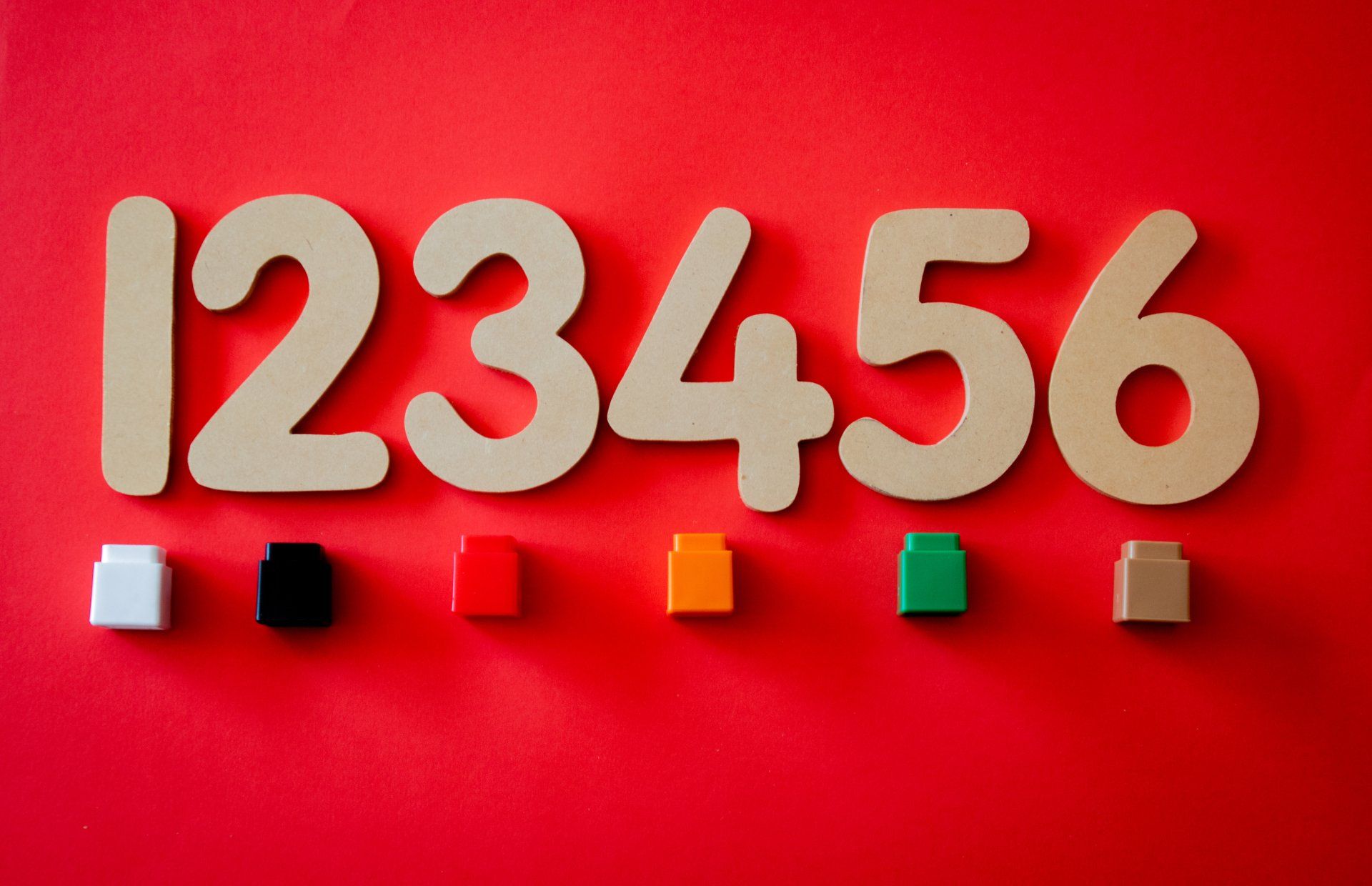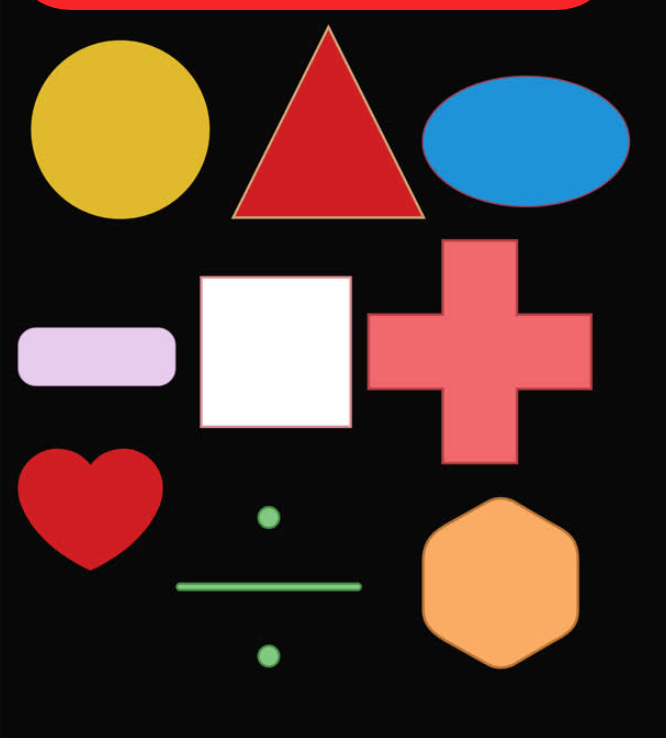The Use of the Definite Article in Twi
Akwaaba!
Welcome to an insightful exploration of the Twi language, focusing today on the use of the definite article. The definite article is a key grammatical element in many languages, including Twi. It plays an essential role in adding clarity and specificity to our conversations. This lesson is designed to deepen your understanding and correct usage of this important aspect of Twi grammar.
Whether you are a beginner or continuing your journey in mastering Twi, this lesson will enhance your grammatical skills and help you communicate more effectively in Twi.
Learning Objective
- To understand and correctly use the definite article in Twi.
Learning Outcome
By the end of this lesson, you will:
- Understand what a definite article is in the context of the Twi language.
- Be able to identify and use the definite article in Twi sentences.
- Improve your sentence construction in Twi using the definite article.
Definition of the Definite Article in Twi
In Twi, a definite article is a grammatical marker that is used to indicate that a specific, particular noun is being referred to. The definite article in Twi is "no," and it is placed after the noun, unlike in English where the definite article "the" precedes the noun.
The use of the definite article "no" in Twi signifies that the speaker and the listener both understand and know about the noun in question. It is used to point out a specific entity that is already known in the context of the conversation.
Placement of Definite Article in Twi
In English, the definite article "the" is used before a noun to indicate a specific object, person, or concept that is already known to the listener or reader. For example, in the sentence "The cat is on the mat," "the" specifies a particular cat and mat that are already familiar in the context of the conversation.
In contrast, in the Twi language, which is spoken in Ghana, the definite article "no" is placed after the noun. This placement reflects the grammatical structure of Twi, which differs significantly from English. For instance, if you want to say "the cat" in Twi, you would say "ɔkra no" where "ɔkra" means "cat" and "no" is the definite article, equivalent to "the" in English. This post-noun placement of the definite article is a common feature in many African languages, and it is an important aspect to remember when learning or translating Twi.
The placement of the definite article is just one of the many differences between English and Twi, and understanding these differences is key to mastering the grammar and structure of the Twi language.
Examples of the Definite Article in Twi
Below is a table showing 15 examples of sentences using the definite article in Twi, along with their English translations. The definite articles are highlighted in bold for clarity.
| Twi Definite Article "no" | English Definite Article "the" |
|---|---|
| Ɔpanin no yɛ nipa pa. | The elder is a good person. |
| Ɔhene no wɔ hɔ. | The king is there. |
| Me kasa no te sɛ nea woaka no. | My speech is like what you said. |
| M'adamfo no bɛkɔ. | My friend will go. |
| Ɔbarima no wɔ ahenfie hɔ . | The man is in the palace. |
| Sɛ ɔhene no kasa a... | If the king speaks then... |
| Ɛdwa no nni adagyeε . | The market is busy. |
| M'asɛm no yɛ kama. | My issue is nice. |
| Wɔde abofra no kɔɔ sukuu. | They took the child to school. |
| Ɔkwan no asi. | The road has been blocked. |
| Abusua no nyinaa bɛpɛ. | The entire family will desire. |
| M'akoma no te sɛ wo deɛ no. | My heart is like yours. |
| Odunsini no kaa asɛm no kyerɛɛ me. | The herbalist told me the matter. |
| Abaayewa no ho εfε. | The girl is beautiful. |
| Afuo no so. | The farm is big. |
Clarification of "no" in context
In Twi, the word "no" can serve different grammatical functions depending on its context in a sentence. While it often acts as a definite article, as mentioned earlier, "no" can also be the shortened form of pronouns "ɔno" and "εno," particularly when it plays the role of an object in a sentence.
Understanding this distinction is crucial for Twi learners. When "no" is used as a definite article, it follows a noun and specifies a particular, known entity. However, when "no" is used in its pronominal form, it functions as an object pronoun, representing the person or thing that receives the action of the verb.
For example, in the sentence "Fa ma no," which translates to "Give it to him" or "Give to him" in English, "no" is not a definite article. Here, "no" is a shortened form of the pronoun "ɔno," acting as the object of the verb "fa" (to give). It indicates the recipient of the action, in this case, "him."
More examples:
Frε no-Call him/her.
Fakyε no-Forgive him/her.
Ama kɔgyaa no kwan-Ama saw him/her off.
Kofi de sika maa no-Kofi gave him/her money
Ɔkakyerεε no. He told him/her.
To summarize:
- As a definite article: "no" follows a noun and specifies a known entity. Example: "ɔkra no" (the cat).
- As a pronoun: "no" serves as an object pronoun and is usually a shortened form of "ɔno" or "εno." Example: "Fa ma no" (Give it to him).
Recognizing the role of "no" in a sentence, whether as a definite article or as a pronoun, is essential for understanding and correctly interpreting Twi sentences. This distinction hinges largely on the grammatical structure and context within the sentence.
Conclusion
Well done on completing this lesson! You've now gained a better understanding of how the definite article is used in Twi. This knowledge will significantly enhance your ability to construct meaningful and specific sentences in Twi. Remember, practice is key to mastering any aspect of a language. So, keep practicing these examples and try creating your own sentences using the definite article.
Congratulations on your progress, and keep up the fantastic work in your journey of learning Twi!
















































